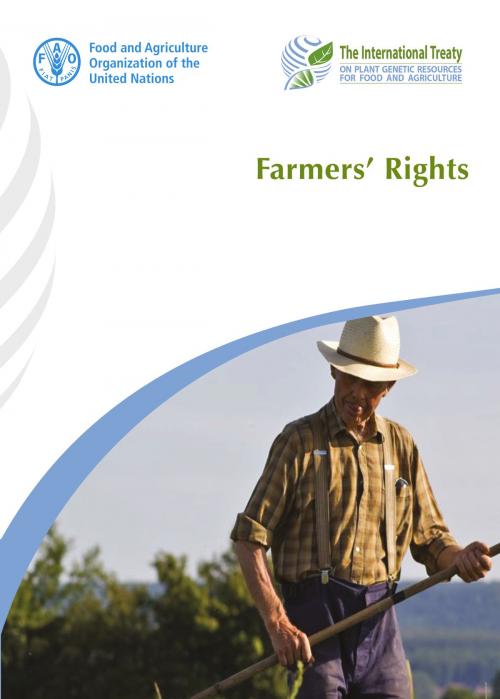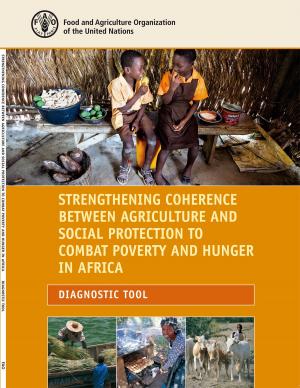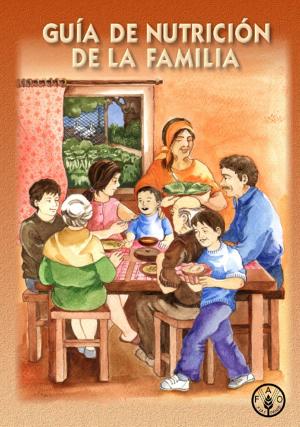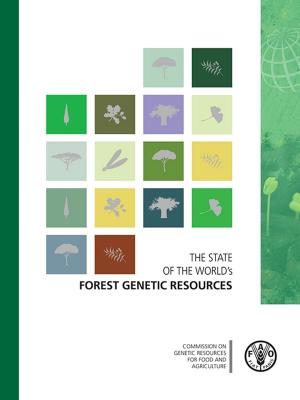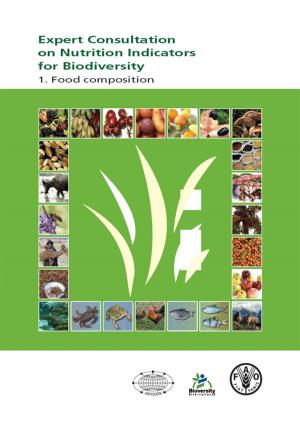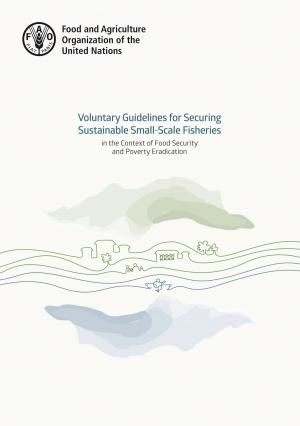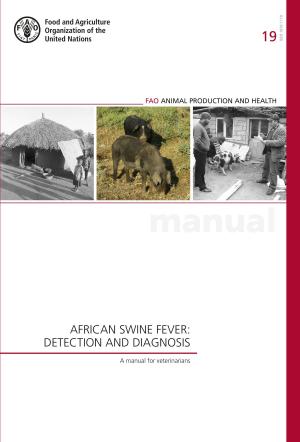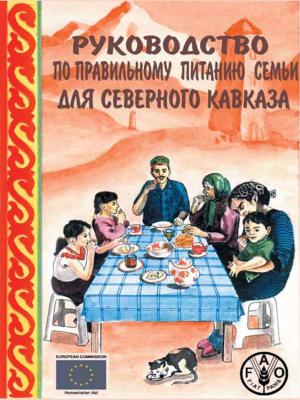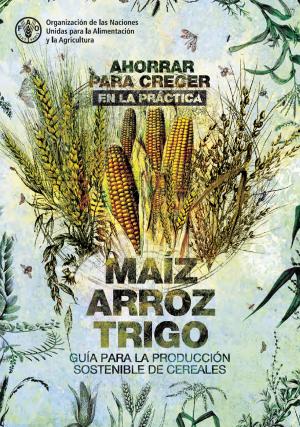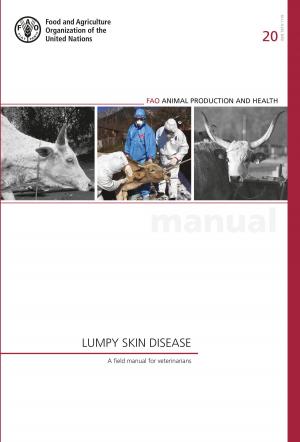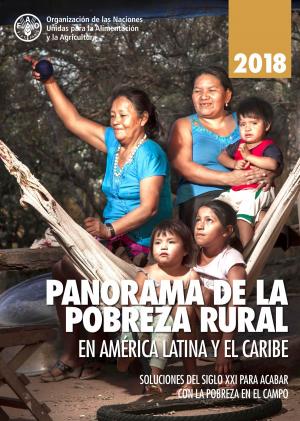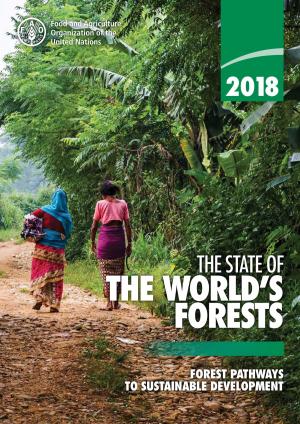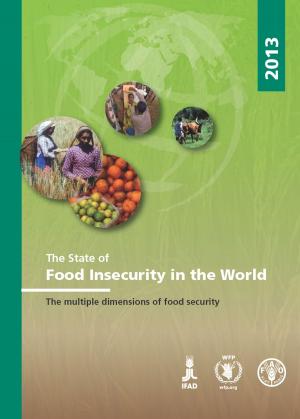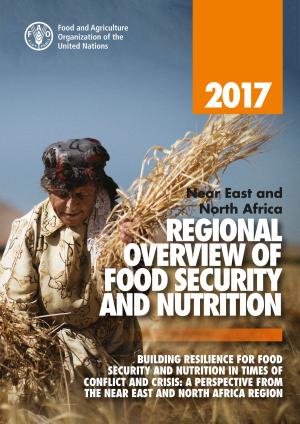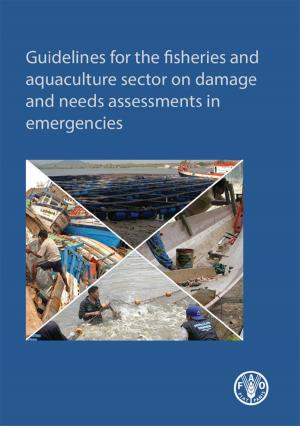Farmers' Rights
Nonfiction, Science & Nature, Technology, Agriculture & Animal Husbandry, Social & Cultural Studies, Social Science| Author: | Food and Agriculture Organization of the United Nations | ISBN: | 9789251302330 |
| Publisher: | Food and Agriculture Organization of the United Nations | Publication: | February 16, 2018 |
| Imprint: | Smashwords Edition | Language: | English |
| Author: | Food and Agriculture Organization of the United Nations |
| ISBN: | 9789251302330 |
| Publisher: | Food and Agriculture Organization of the United Nations |
| Publication: | February 16, 2018 |
| Imprint: | Smashwords Edition |
| Language: | English |
Through trial and error, they bred and grew crops that could cope with their environment and needs. In so doing they created diversity – a wealth of plant genetic diversity of global importance for food and agriculture. With their knowledge and skills, they managed and conserved the food crops that feed the world today. However, this important role of farmers, as custodians and innovators of plant genetic diversity that are of global significance to food and agriculture, was not formally and explicitly recognized at the international level, with its essential dimensions, until the adoption of the International Treaty on Plant Genetic Resources for Food and Agriculture.
Farmers’ Rights were part of the background against which, following many years of discussions, the Members States of the Food and Agriculture Organization of the United Nations (FAO) adopted the International Treaty on Plant Genetic Resources for Food and Agriculture. The International Treaty was adopted by the FAO Conference on 3 November 2001, entered into force on 29 June 2004. The International Treaty explicitly recognises, in Article 9, the efforts and the enormous contribution of farmers, local and indigenous communities in developing and conserving crop diversity.
Farmers’ Rights are important for millions of farmers throughout the world, particularly in developing countries whose agriculture is based on the cultivation of traditional varieties or varieties that farmers themselves conserve and improve. In many developing countries these farmers, who are both custodian and innovators, are by far the largest sector of the population. Through this legally binding instrument, Governments agree to responsibly realise Farmers’ Rights as they relate to plant genetic resources through various provisions. For example, by protecting relevant traditional knowledge; by making provision for farmers to participate equitably in the sharing of benefits derived from their use; and by ensuring the right of farmers to participate in national decision-making processes related to the conservation and use of plant genetic resources. It also stipulates that these provisions should not limit the rights of farmers to save, use, exchange and sell farm-saved seeds and propagating material.
While the International Treaty is a binding agreement, the implementation of Farmers’ Rights rests with the national authorities. The translation of the provisions into policy and actions at the national level has been very challenging to a majority of the governments and stakeholders, both from developing and developed countries. The need for capacity development and understanding the concept and its multiple dimensions has been expressed by Contracting Parties and various stakeholder groups. Consequently, this educational module is one means through which the Secretariat seeks to provide information and strengthen capacities on the implementation of the International Treaty, in particular Article 9.
The Farmers’ Rights module is the fifth in a series of a total of five educational modules focusing on different aspects of the International Treaty. Similar to the other modules, the lessons are aimed at a broad target learner group, especially for learners that are new to the International Treaty or to the topic of Farmers’ Rights. Through this module, participants will explore the conceptual foundation of Farmers’ Rights, as well as the crucial role of farmers and indigenous local communities in the conservation and sustainable use of plant genetic resources for food and agriculture.
Through trial and error, they bred and grew crops that could cope with their environment and needs. In so doing they created diversity – a wealth of plant genetic diversity of global importance for food and agriculture. With their knowledge and skills, they managed and conserved the food crops that feed the world today. However, this important role of farmers, as custodians and innovators of plant genetic diversity that are of global significance to food and agriculture, was not formally and explicitly recognized at the international level, with its essential dimensions, until the adoption of the International Treaty on Plant Genetic Resources for Food and Agriculture.
Farmers’ Rights were part of the background against which, following many years of discussions, the Members States of the Food and Agriculture Organization of the United Nations (FAO) adopted the International Treaty on Plant Genetic Resources for Food and Agriculture. The International Treaty was adopted by the FAO Conference on 3 November 2001, entered into force on 29 June 2004. The International Treaty explicitly recognises, in Article 9, the efforts and the enormous contribution of farmers, local and indigenous communities in developing and conserving crop diversity.
Farmers’ Rights are important for millions of farmers throughout the world, particularly in developing countries whose agriculture is based on the cultivation of traditional varieties or varieties that farmers themselves conserve and improve. In many developing countries these farmers, who are both custodian and innovators, are by far the largest sector of the population. Through this legally binding instrument, Governments agree to responsibly realise Farmers’ Rights as they relate to plant genetic resources through various provisions. For example, by protecting relevant traditional knowledge; by making provision for farmers to participate equitably in the sharing of benefits derived from their use; and by ensuring the right of farmers to participate in national decision-making processes related to the conservation and use of plant genetic resources. It also stipulates that these provisions should not limit the rights of farmers to save, use, exchange and sell farm-saved seeds and propagating material.
While the International Treaty is a binding agreement, the implementation of Farmers’ Rights rests with the national authorities. The translation of the provisions into policy and actions at the national level has been very challenging to a majority of the governments and stakeholders, both from developing and developed countries. The need for capacity development and understanding the concept and its multiple dimensions has been expressed by Contracting Parties and various stakeholder groups. Consequently, this educational module is one means through which the Secretariat seeks to provide information and strengthen capacities on the implementation of the International Treaty, in particular Article 9.
The Farmers’ Rights module is the fifth in a series of a total of five educational modules focusing on different aspects of the International Treaty. Similar to the other modules, the lessons are aimed at a broad target learner group, especially for learners that are new to the International Treaty or to the topic of Farmers’ Rights. Through this module, participants will explore the conceptual foundation of Farmers’ Rights, as well as the crucial role of farmers and indigenous local communities in the conservation and sustainable use of plant genetic resources for food and agriculture.
